
0.2ha orange garden of Mr. Tran Van Mung, Thong Hoa commune, Cau Ke district.
After a long period of standing at 4,000 VND/kg, for nearly 2 months now, the price of oranges in Tra Vinh has increased to 8,000 - 10,000 VND/kg. Although the price of oranges has increased slightly, it is still very difficult to predict. The Department of Agriculture of Tra Vinh province recommends that orange growers do not arbitrarily expand their acreage, and at the same time switch to other crops to improve production efficiency. The reason is that in recent years, orange growers have continuously suffered losses because orange prices have often remained low.
Director of the Department of Agriculture and Environment of Tra Vinh province, Tran Truong Giang, said that through surveys, the current orange growing area in the country is very large, over 100,000 hectares; in which, many localities produce on a large scale, concentrated, so the production cost is very low. Along with that, many growing areas in provinces and cities follow organic and VietGAP standards, so Tra Vinh oranges find it difficult to compete in the market.
Tra Vinh Department of Agriculture recommends that people can switch to coconut cultivation in suitable areas. In case they do not want to switch, they should produce according to organic processes, VietGAP associated with building brands and trademarks to improve competitiveness in the market. The Department of Agriculture and Environment continues to monitor, research, and provide information on production orientation for people; at the same time, support in finding more markets to link and find output for farmers in the coming time.
Tra Vinh province currently has over 3,400 hectares of oranges. Cau Ke district is the locality with the largest orange growing area with over 2,600 hectares of oranges, an increase of about 1,200 hectares compared to 2018. Vice Chairman of Cau Ke District People's Committee Dieu Hung Thang said that in the past, orange growers achieved very high profits. For many years, the price of oranges was from 18,000 - 30,000 VND/kg, bringing an average profit of 1 billion VND/ha/year. From 2015 - 2019, although the price of oranges decreased, it was still at 10,000 - 15,000 VND/kg, with an average yield of about 60 tons/ha/year, orange growers also achieved a profit of 600 - 900 million VND/ha/year.
Due to the attractive profits, gardeners in and outside the province are continuously expanding the area of orange cultivation. Meanwhile, there is currently no export market for navel oranges in Tra Vinh, they are mainly sold fresh domestically. There are also no businesses in the locality that purchase navel oranges for further processing. This leads to a situation where supply exceeds demand, and orange prices are often low.
For the past 3 years, the price of oranges in Tra Vinh has often been at 3,000 - 5,000 VND/kg, while the production cost of each kg of oranges is about 8,000 VND/kg. With this selling price, calculated based on an average yield of 60 tons/ha/year, after one year of production, gardeners have lost over 250 million VND.
For gardeners who rent land to grow, the production cost also increases from 60 to 100 million VND/ha/year; leading to losses of up to over 300 million VND/year. According to statistics, currently, the whole district has 255 households borrowing capital to grow oranges, with a total outstanding debt of about 83 billion VND; mainly concentrated in the communes of Thanh Phu, Thong Hoa, Tam Ngai, Chau Dien...
Faced with the above situation, the local government recommends that people do not convert rice fields to orange fields; current orange gardens should produce in a safe, organic manner to improve the quality of the oranges, meeting the conditions to find export markets. The district also actively calls for investment, connecting businesses and farmers from production to consumption to build a sustainable agricultural value chain. At the same time, it focuses on forecasting the market for supply and demand of goods; this is the basis to help farmers adjust production directions to meet market demand.
In addition, the locality has promoted restructuring of the agricultural sector, re-planning large-scale production areas, concentrated commodity production to meet domestic and export market demand; applied scientific and technical advances to production, and implemented production linkage models along the value chain from input to output.

Mr. Thach Rane's 4-hectare wax coconut garden in Phong Phu commune, Cau Ke district was converted from land growing pomelos.
Mr. Thach Rane, Phong Phu commune, Cau Ke district converted 4 hectares of land growing oranges to growing embryonated wax coconuts 3 years ago. According to Mr. Rane, his family started growing oranges in 2013, and in 2015 the oranges started to bear fruit. During the period 2015-2019, although the price of oranges decreased, it still fluctuated between 10,000 - 15,000 VND/kg, so this orange garden brought a profit of about 500 million VND/ha/year.
Realizing that the price of oranges is decreasing, in 2021, Mr. Rane's family boldly renovated the land and invested in converting to growing embryonated wax coconut. He bought 1,000 embryonated wax coconut seedlings from Tra Vinh University and after 2.5 years, the wax coconuts were harvested. Currently, this coconut garden harvests about 1,500 fruits four times a month, with a selling price of 35,000 - 85,000 VND/fruit depending on the type of wax. Currently, his family has an income of about 60 million VND.
Mr. Rane calculated that in another year, this wax coconut garden will have a stable yield, 4 times higher than the current one; which means his family's income will reach more than 200 million VND/month from this wax coconut garden.
Article and photos: THANH HOA
Source: https://www.baotravinh.vn/kinh-te/khuyen-cao-nong-dan-khong-mo-rong-dien-tich-trong-cam-sanh-44545.html



![[Photo] Chinese, Lao, and Cambodian troops participate in the parade to celebrate the 50th anniversary of the Liberation of the South and National Reunification Day](https://vphoto.vietnam.vn/thumb/1200x675/vietnam/resource/IMAGE/2025/4/30/30d2204b414549cfb5dc784544a72dee)
![[Photo] The parade took to the streets, walking among the arms of tens of thousands of people.](https://vphoto.vietnam.vn/thumb/1200x675/vietnam/resource/IMAGE/2025/4/30/180ec64521094c87bdb5a983ff1a30a4)


![[Photo] Cultural, sports and media bloc at the 50th Anniversary of Southern Liberation and National Reunification Day](https://vphoto.vietnam.vn/thumb/1200x675/vietnam/resource/IMAGE/2025/4/30/8a22f876e8d24890be2ae3d88c9b201c)


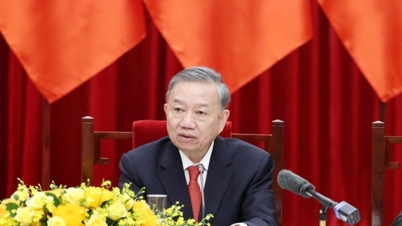
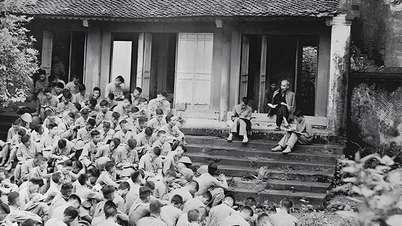

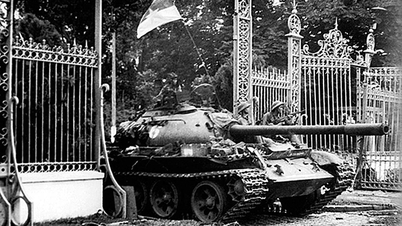




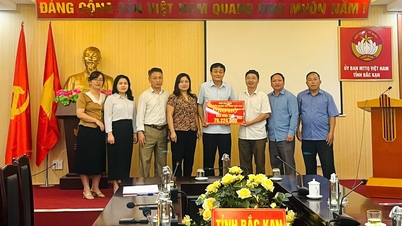
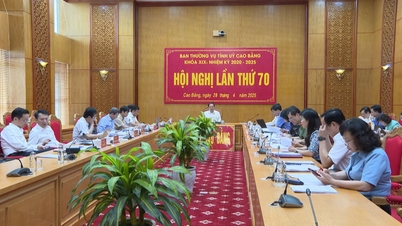
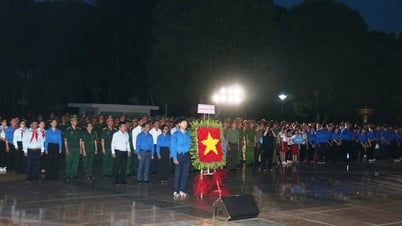



![[Photo] Performance of the Air Force Squadron at the 50th Anniversary of the Liberation of the South and National Reunification Day](https://vphoto.vietnam.vn/thumb/1200x675/vietnam/resource/IMAGE/2025/4/30/cb781ed625fc4774bb82982d31bead1e)

















































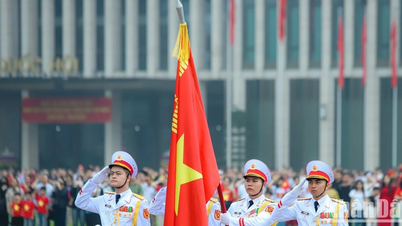




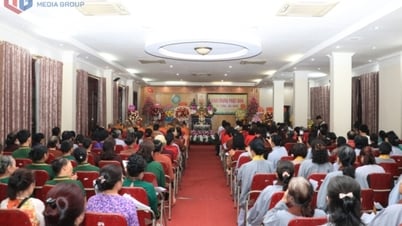

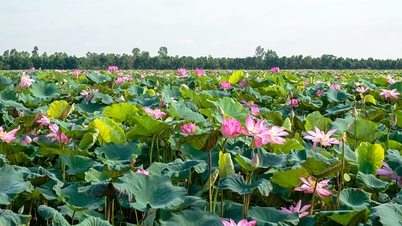










Comment (0)